CBT for Seasonal Affective Disorder
According to recent research, more than 10 million Americans suffer from Seasonal Affective Disorder (SAD) - a recurrent depressive disorder that coincides with the fall/winter season. SAD causes a wide variety of mental, physical, and emotional symptoms that can get in the way of life. While traditional treatment of SAD include medication and light therapy, studies indicate that cognitive behavioral therapy (CBT) may provide longer term benefits as well.
Seasonal Affective Disorder is not classified as a separate mental disorder. It's noted as a subtype of depression with seasonal frequency and recurrence. Symptoms include:
Low energy
Sleeping too much
Overeating, craving carbohydrates and weight gain
Social withdrawal and isolation
Individuals with SAD find it difficult to execute otherwise manageable daily activities such as work, school work, daily chores, paying bills, or social interaction. Women are diagnosed with SAD nearly four times as often as men. Other risk factors include family history and the presence of pre-existing mental health conditions such as bipolar disorder. Another interesting factor is related to geographic location. SAD appears to be less prevalent in individuals who live closer to the equator.
Sunlight plays a big factor in protecting us from depression, so the diminished levels of sunlight in the fall and winter months likely contribute to depressive symptoms. Researchers are careful to distinguish SAD from a milder form of the condition known commonly as “winter blues.”
TREATMENT FOR SAD
Light Therapy: In an effort to counteract the decreased daylight, light therapy has a emerged as a common approach to treatment for SAD. 'Light boxes' designed to simulate natural sunlight have been shown to produce far fewer adverse effects than those associated with antidepressants.
Cognitive Behavioral Therapy: CBT may be an effective method of treatment. In a recent American Journal of Psychiatry study, researchers described a trial that compared the use of light therapy alone to a combination of light therapy and CBT. Results were positive in both groups; however, after one year, participants treated with CBT were faring much better than individuals treated with light therapy alone. Further analysis controlled for ongoing treatment still revealed that the CBT participants showed more improvement.
CBT FOR SEASONAL AFFECTIVE DISORDER
So how exactly can CBT help with SAD? By challenging and uprooting negative thought patterns, CBT helps individuals to identify and engage in enjoyable activities. The focus is simply on proactively coping with wintertime. For example, a person with SAD may tend to view winter very negatively. Talk therapy tailored to shift this perspective into proactive responses are beneficial.
The behavioral aspect of CBT involves participating in an active, structured therapy leading to voluntarily engaging in practical activities that may address the source of anxiety. By proceeding in a steady, focused and flexible way, the anxiety is gradually reduced.
A further study of 177 adults confirmed these results. CBT for SAD treatment featured 12 sessions in a group format administered by psychologists in 90-minute meetings twice per week. The results showed a significant improvement in depressive symptoms.
Seeking Treatment for SAD
You may be wondering if your case of the 'blues' requires treatment. SAD expert Norman E. Rosenthal relays some common warning signs in his book Winter Blues: Everything You Need to Know to Beat Seasonal Affective Disorder. Rosenthal catalogues common symptoms:
“Your functioning is significantly impaired. You have difficulty completing tasks that were easier before; you’re falling behind with bills and chores; you make mistakes more often or take longer to finish projects; you tend to withdraw from loved ones. You feel considerably depressed. You feel sad more often than not; you feel guilty or hopeless about the future; you have negative thoughts about yourself that you don’t have at other times of the year. Your physical functions are greatly disrupted. During the wintertime, you sleep more or have a hard time getting up in the morning; you’d rather stay in bed all day; your eating habits have changed.”
— Norman Rosenthal
If you’re struggling to overcome these symptoms, CBT can be helpful. Be aware of negative attitudes and isolation, and challenge yourself. Find some activities that you enjoy and avoid spending a time alone and inactive. If your symptoms persist consider contacting a qualified psychotherapist or psychiatrist experienced with CBT.

